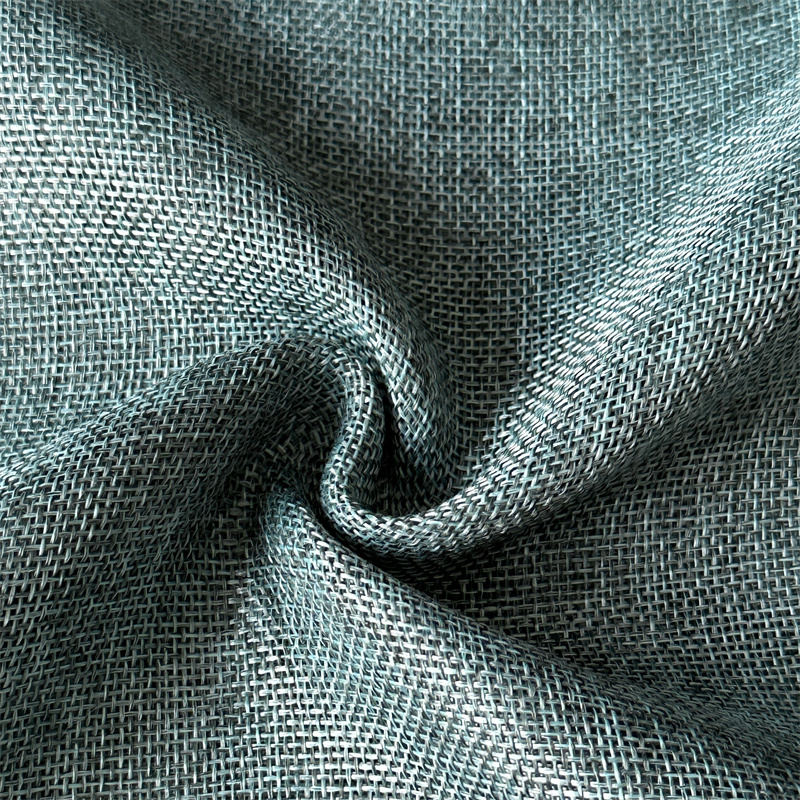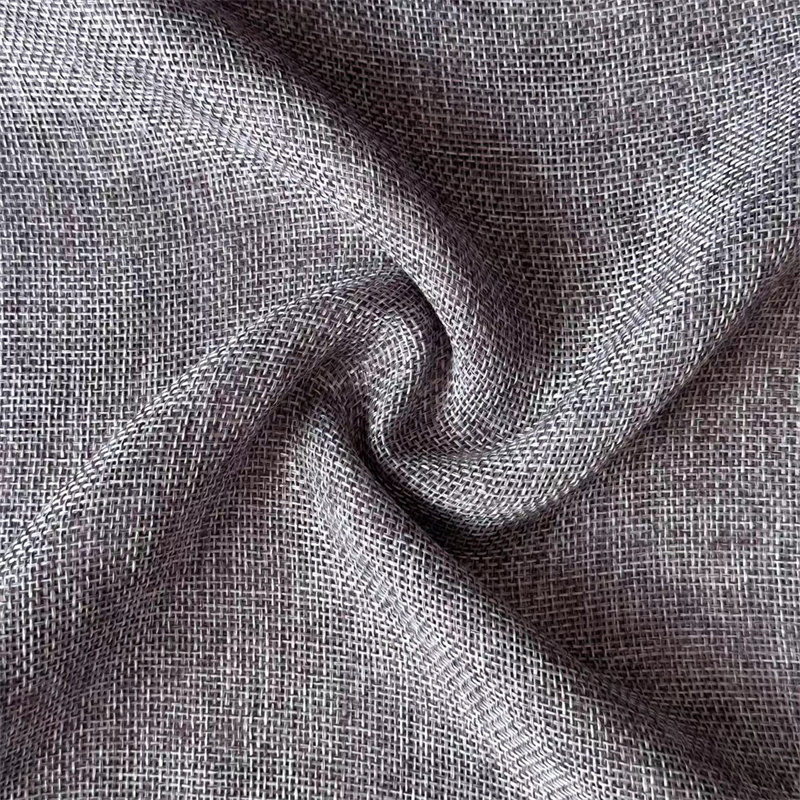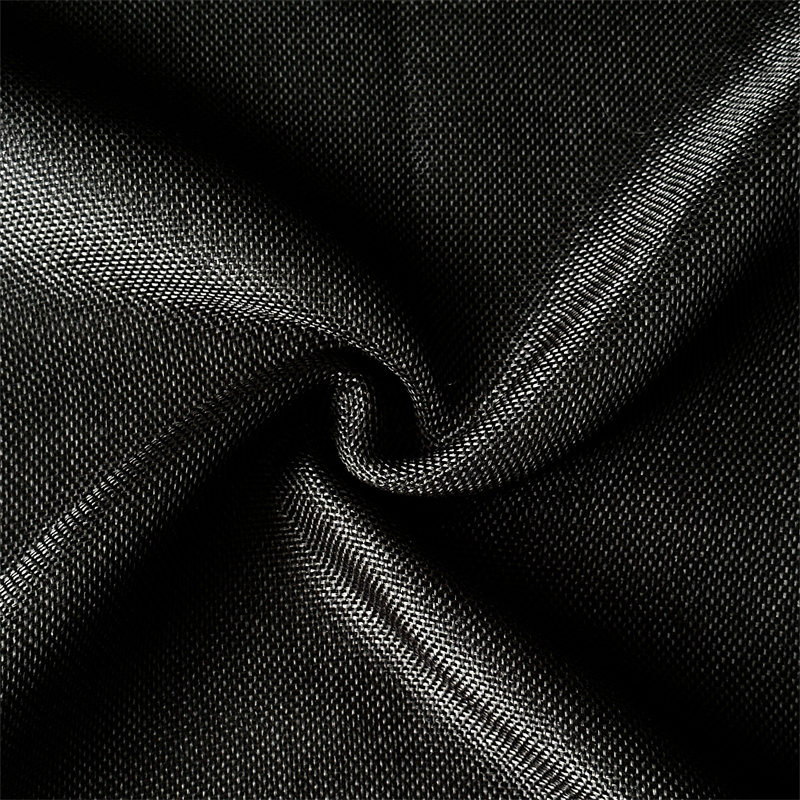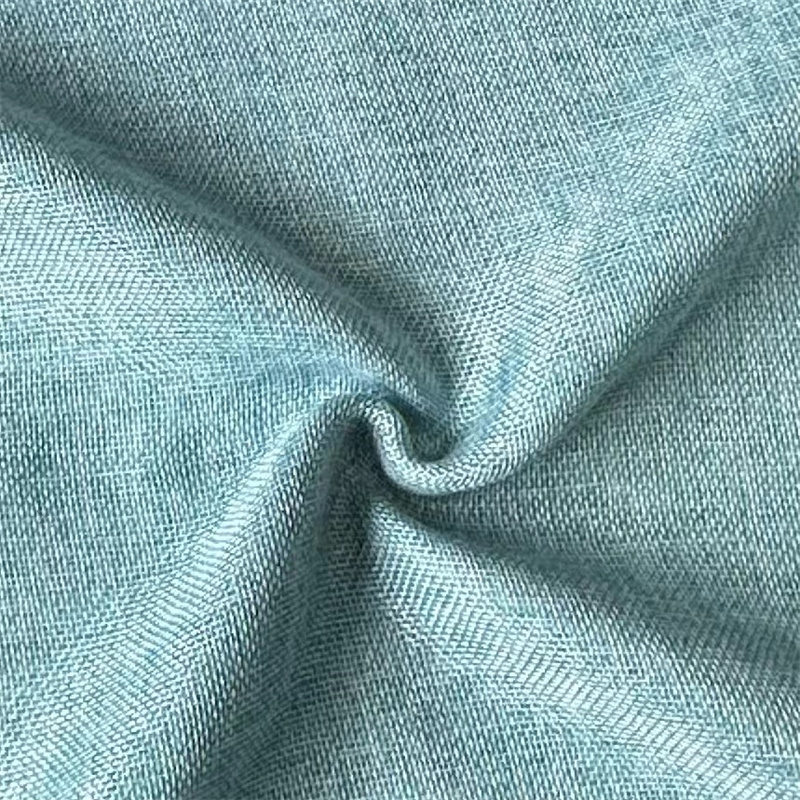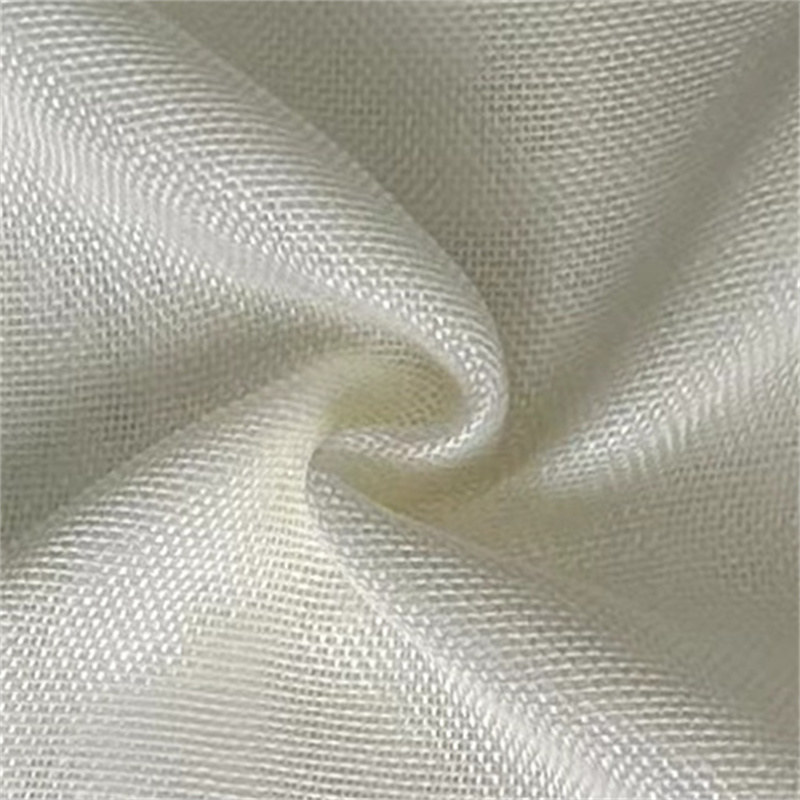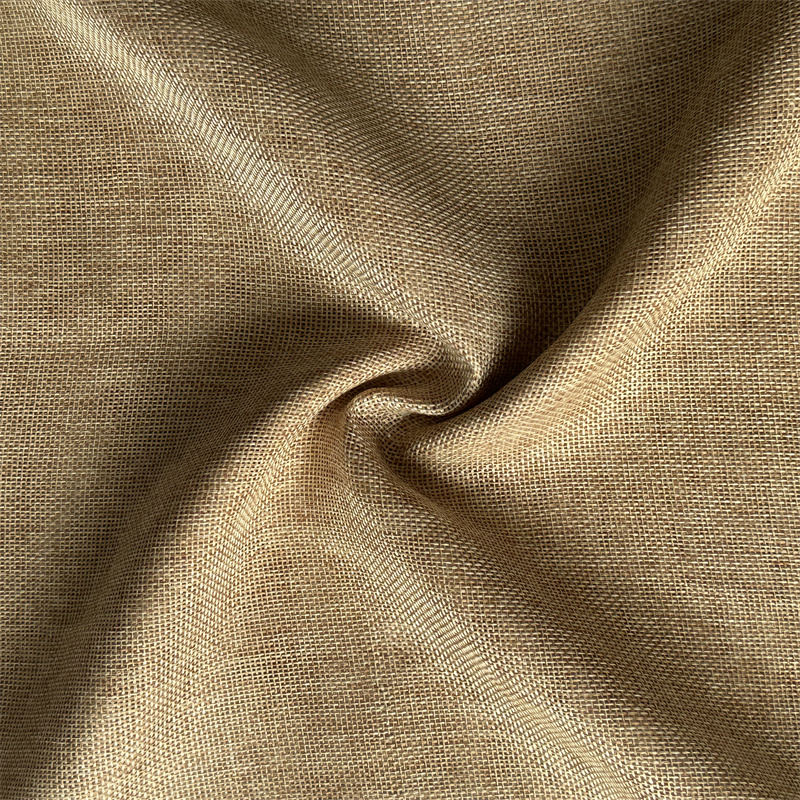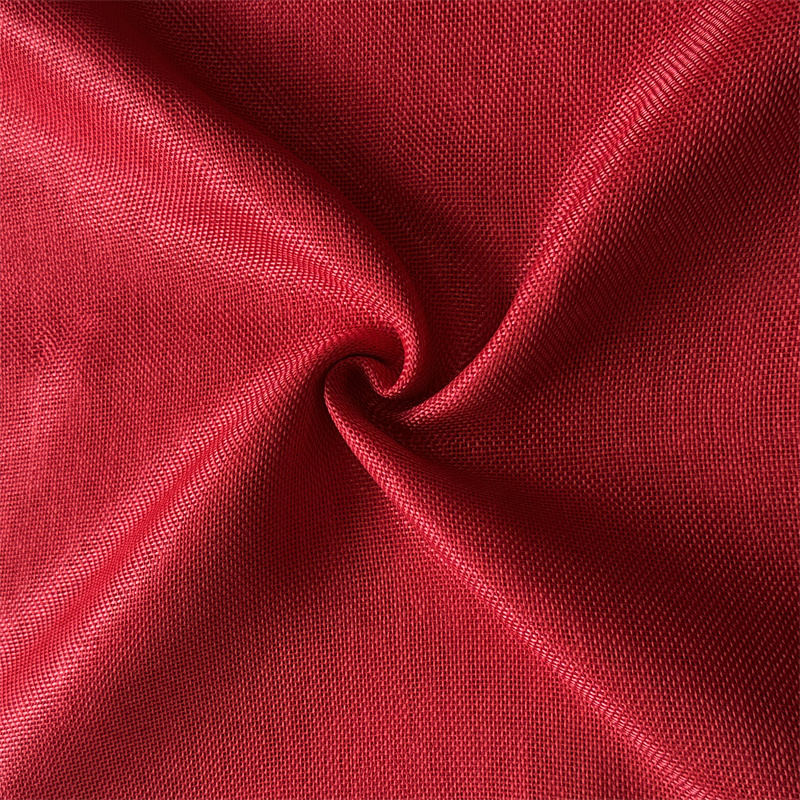In the world of textiles, few materials carry the legacy, elegance, and versatility of Jacquard fabric. From luxurious upholstery to high-end fashion garments, Jacquard fabric is prized for its intricate patterns, durability, and unique texture. But what makes this fabric so enduring and why has it remained relevant in modern textile applications?
What Is Jacquard Fabric?
Jacquard fabric is a type of textile woven on a special Jacquard loom, which allows for complex and highly detailed patterns to be integrated directly into the weave. Unlike printed or embroidered fabrics, where designs are applied on the surface, Jacquard weaving incorporates the pattern into the structure of the fabric, giving it a three-dimensional texture and long-lasting beauty.
The types of patterns commonly seen in Jacquard fabric include:
- Floral motifs
- Geometric designs
- Damask and brocade-style patterns
- Abstract and modern designs
Jacquard fabrics can be made from a variety of fibers, including cotton, silk, polyester, wool, and blends, making it suitable for both apparel and home décor.
How Is Jacquard Fabric Made?
The hallmark of Jacquard fabric is its weaving technique, which allows intricate designs without the need for printing. The process involves:
- Preparation of Warp and Weft Threads: High-quality yarns are selected based on the desired texture, sheen, and durability.
- Jacquard Loom Setup: The loom is programmed to lift specific warp threads independently, creating a detailed pattern as the weft threads are woven in.
- Weaving Process: The loom weaves the pattern row by row, integrating it directly into the fabric’s structure.
- Finishing: Post-weaving treatments, such as washing, brushing, or calendering, enhance texture, softness, and appearance.
This method allows Jacquard fabrics to have patterns on both sides, which makes them reversible in some cases—a feature that distinguishes them from most other fabrics.
Why Choose Jacquard Fabric Over Other Textiles?
Jacquard fabric offers several advantages that make it a preferred choice for designers and consumers:
- Durability: The woven patterns are integral to the fabric, ensuring long-lasting beauty without fading or peeling.
- Versatility: Suitable for clothing, upholstery, drapery, and accessories.
- Texture and Depth: Jacquard fabrics provide a three-dimensional feel that enhances visual appeal.
- Elegance: Intricate patterns elevate the aesthetic value of garments and home furnishings.
Its combination of aesthetic richness and functional durability has made Jacquard fabric a timeless choice for centuries.
What Are the Common Applications of Jacquard Fabric?
Jacquard fabric’s versatility allows it to be used across multiple sectors:
-
Fashion and Apparel:
- Evening gowns, dresses, suits, jackets, and ties often feature Jacquard for its luxurious texture.
- Accessories like handbags and scarves use Jacquard patterns to add a touch of sophistication.
- Designers leverage the fabric’s inherent structure to create high-end, elegant pieces.
-
Home Textiles:
- Curtains, drapes, and upholstery fabrics gain a decorative richness through Jacquard weaving.
- Bedspreads, cushion covers, and table linens feature intricate patterns that elevate interior décor.
-
Industrial and Specialty Textiles:
- Some Jacquard fabrics are used in automotive interiors, ceremonial garments, and event decorations.
By offering a combination of durability, design, and versatility, Jacquard fabric meets the demands of both luxury and functional textiles.

How Does Jacquard Fabric Enhance Fashion Design?
The intricate patterns and textured weave of Jacquard fabric allow designers to experiment with color, pattern, and fabric weight. Some key design benefits include:
- Pattern Integration: Complex floral, geometric, and abstract designs can be woven into the fabric without additional printing.
- Texture Play: The fabric can combine matte and glossy threads for a dynamic visual effect.
- Reversibility: Certain Jacquard weaves allow patterns to be visible on both sides, offering creative opportunities in design.
- Layering and Volume: The weight and structure of Jacquard fabric help create structured garments like coats and jackets.
This versatility makes Jacquard fabric a favorite among both high-fashion designers and interior decorators.
What Are the Advantages of Using Jacquard Fabric in Home Textiles?
In home décor, Jacquard fabric adds luxury, texture, and durability. Its advantages include:
- Elegant Patterns: Floral, damask, and abstract designs enhance visual appeal in drapes, curtains, and upholstery.
- Durable Construction: The woven patterns resist wear, making it ideal for frequently used furniture.
- Variety of Fibers: Jacquard fabric can be made with cotton for softness, silk for sheen, or polyester for easy maintenance.
- Customization: The Jacquard weaving technique allows unique patterns tailored to interior design themes.
These features ensure that Jacquard fabric is both decorative and practical for home interiors.
What Are the Environmental and Sustainability Considerations?
Sustainability is increasingly critical in textiles, and Jacquard fabric offers opportunities for eco-friendly production:
- Natural Fibers: Using cotton, wool, or silk reduces reliance on synthetic materials.
- Durability: The long lifespan of Jacquard fabric minimizes waste from fast fashion or disposable textiles.
- Reduced Chemical Use: Woven patterns reduce the need for printed dyes, lowering environmental impact.
Choosing Jacquard fabric made from sustainable fibers aligns with eco-conscious consumer demand while maintaining luxury and quality.
What Are the Challenges of Jacquard Fabric Production?
Despite its benefits, Jacquard fabric comes with certain challenges:
- Production Complexity: Weaving intricate patterns requires skilled operators and precise machinery.
- Cost: High-quality Jacquard fabric is often more expensive due to labor, material, and loom setup.
- Maintenance: Some Jacquard fabrics require careful cleaning to preserve texture and color.
- Weight: Depending on the weave and fibers, Jacquard fabrics can be heavier, limiting some applications.
These challenges are offset by the fabric’s longevity, beauty, and versatility, making it a worthwhile investment for many designers and manufacturers.
Why Is Jacquard Fabric Still Relevant in Modern Textiles?
Jacquard fabric has been around since the 19th century, and yet it remains highly relevant today due to several factors:
- Timeless Appeal: The intricate patterns and rich textures have universal aesthetic value.
- Technological Advancements: Modern Jacquard looms allow faster production and more complex designs.
- Sustainability: Durable and reusable, it aligns with eco-friendly fashion and home textiles.
- Design Flexibility: Its adaptability across fibers, patterns, and applications keeps it versatile.
These factors ensure that Jacquard fabric continues to meet both functional and artistic needs in modern textile applications.
Conclusion: Is Jacquard Fabric a Symbol of Luxury and Durability?
Jacquard fabric is much more than a decorative textile; it represents a combination of art, technology, and utility. Its intricate woven patterns, durability, and versatility make it a preferred choice for fashion designers, interior decorators, and textile manufacturers worldwide.
Ultimately, Jacquard fabric addresses a central question for textiles: How can a fabric combine beauty, function, and longevity in a single material? Its enduring appeal, adaptability, and elegance suggest that Jacquard fabric will continue to be a timeless choice for generations to come.


 中文简体
中文简体 Español
Español
